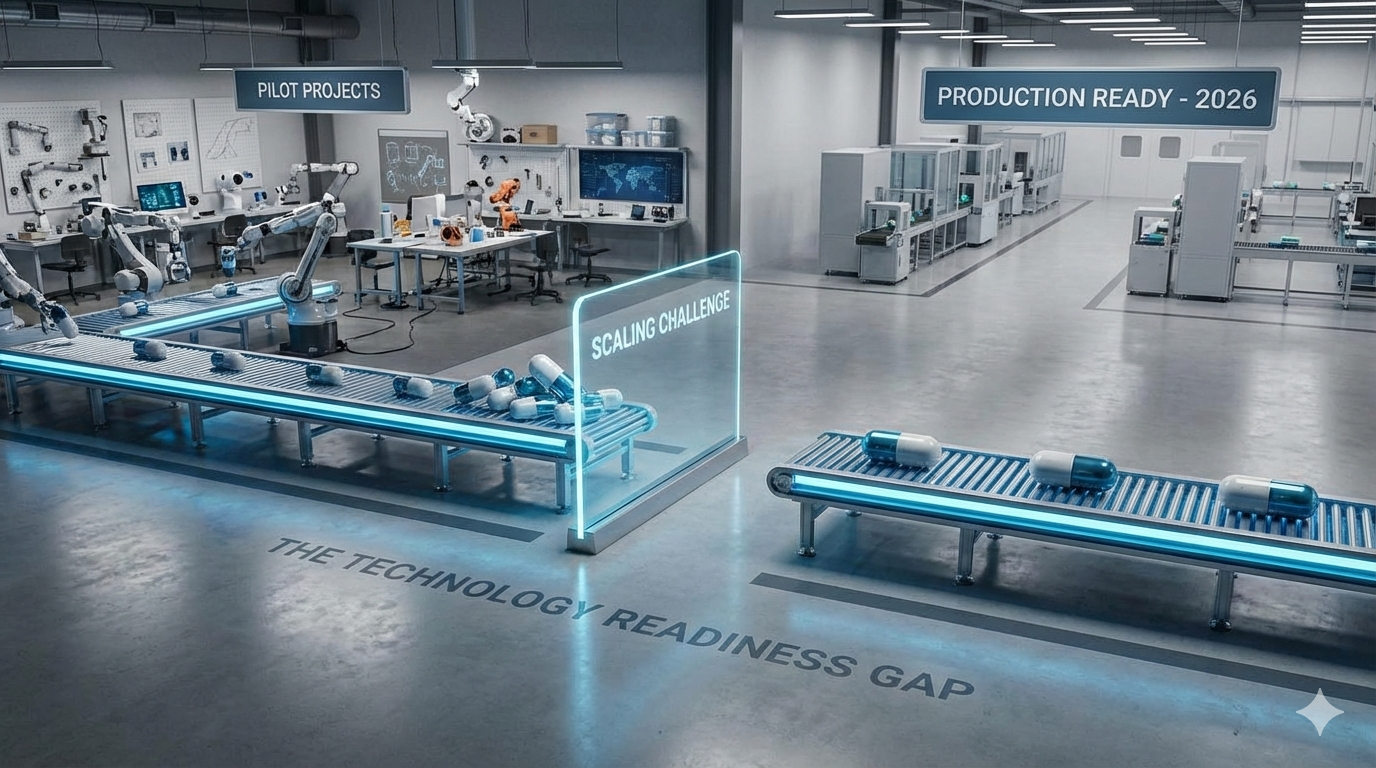The manufacturing industry has experienced significant transformations over the years, with advancements in technology playing a pivotal role. One of the latest and most promising trends is the integration of Artificial Intelligence (AI) into Edge Computing solutions. This powerful combination has the potential to revolutionize the manufacturing landscape, enhancing efficiency, productivity, and overall operational performance. In this post, we will explore how AI-powered Edge Computing is reshaping the manufacturing sector, its benefits, challenges, and future prospects.
Understanding Edge Computing
Gaining a deeper grasp of Edge Computing's decentralized architecture is crucial. By processing data closer to the source, latency is reduced, leading to quicker real-time decisions. Manufacturing processes can now benefit from rapid data analysis without relying solely on cloud-based solutions.
Integration of AI in Edge Computing for Manufacturing
The infusion of AI into Edge Computing brings forth a new era in manufacturing. By deploying AI algorithms directly onto edge devices, such as sensors and industrial robots, manufacturing processes gain real-time insights. This facilitates pattern recognition, anomaly detection, and correlations that were once inaccessible through manual analysis.
Benefits of AI-Enabled Edge Computing in Manufacturing
The advantages of incorporating AI into Edge Computing are vast:
1. Real-time Decision-making
Manufacturing processes can now make instant decisions without being hindered by centralized servers. Swift responses are vital in scenarios like predictive maintenance, quality control, and defect detection.
2. Reduced Latency
Edge Computing slashes latency by processing data locally. This is pivotal for applications like robotics and process optimization, where delays could lead to inefficiencies.
3. Bandwidth Efficiency
Edge Computing optimizes network resources by transmitting only relevant insights to the cloud. This results in reduced bandwidth usage and lower cloud costs.
4. Enhanced Security
Edge Computing enhances data privacy and compliance by limiting sensitive data exposure to external networks. This mitigates security risks associated with cloud-based solutions.
5. Scalability
The flexibility of AI-enabled Edge Computing solutions makes them easily scalable. Manufacturers can adapt to changing market demands efficiently.
Challenges and Considerations
Despite its benefits, integrating AI-enabled Edge Computing in manufacturing poses challenges:
- Complex Integration: Harmonizing AI algorithms with existing manufacturing processes requires meticulous planning to ensure optimal performance.
- Data Quality and Preprocessing: Reliable AI insights hinge on high-quality data. Proper data collection, cleaning, and preprocessing at the edge are essential.
- Resource Constraints: Edge devices may have limited processing power. Developing efficient AI algorithms for such devices is a technical hurdle.
- Maintenance and Updates: Managing AI models, updates, and security patches across distributed edge devices demands careful oversight.
Future Prospects
The future of manufacturing lies in the symbiosis of AI and Edge Computing. As technology evolves, more advanced AI algorithms capable of handling intricate tasks at the edge will emerge. Predictive analytics, remote monitoring, and adaptive control systems will optimize manufacturing processes in real time.
Conclusion
AI-enabled Edge Computing is poised to reshape the manufacturing sector by providing real-time insights, reducing latency, improving security, and enhancing operational efficiency. The integration of AI at the edge empowers manufacturers to make data-driven decisions faster, ultimately leading to increased productivity, reduced downtime, and improved product quality. As the synergy between AI and Edge Computing continues to evolve, manufacturers that embrace this transformation will undoubtedly gain a competitive edge in an increasingly digitized world.
How can Traction Technology help?
Traction Technology is a ground-breaking platform engineered expressly to eliminate internal innovation silos, thereby enabling enterprises to seamlessly collaborate and align their business needs with promising technologies. By providing dynamic features that promote collaboration and innovation, they aim to accelerate digital transformation in the enterprise.
Here's how Traction Technology can help:
.png)
Discovery of Relevant Startups: Traction Technology helps established companies discover relevant advanced technologies aligned with their strategic goals and innovation areas. It curates startups based on different industries, technology trends, and areas of business interest, making it easier to find potential partners or investment opportunities and share this information across the enterprise.
Collaboration and Engagement Tools: Traction Technology offers tools that help manage the engagement process with startups. It provides a structured approach to evaluating, tracking, and managing interactions with multiple startups across multiple project and pilots, improving efficiency and collaboration.
Data-Driven Insights: The platform provides data-driven insights to help make informed decisions. This includes information on startup funding, growth indicators, customers and competitors, which can help in assessing potential startup partnerships.
Innovation Pipeline Management: Traction Technology aids in managing the innovation pipeline. It helps companies capture ideas and request and track innovation projects, monitor progress, and measure results in real time, promoting a culture of continuous innovation.
Track KPIs and Generate Custom Reports: Effortlessly track Key Performance Indicators (KPIs) with real time dashboards and generate custom reports tailored to your organization's unique requirements. Stay
.png)
ahead of the curve by monitoring projects progress and engagement.
By leveraging a platform like Traction Technology, established companies can gain a competitive edge, driving their digital transformation journey and adapting to the fast-paced business environment. It supports the integration of startup agility, innovation, and customer-centric approach into their operations, which is critical for success in the digital age.
About Traction Technology
We built Traction Technology to meet the needs of the most demanding customers, empowering individuals and teams to accelerate and help automate the discovery and evaluation of emerging technologies. Traction Technology speeds up the time to innovation at large enterprises, saving valuable time and money by accelerating revenue-producing digital transformation projects and reducing the strain on internal resources, while significantly mitigating the risk inherent in working with early-stage technologies.
Let us share some case studies and see if there is a fit based on your needs.
Traction Report Update: 23 ways AI could transform your business in 2023.
For more information
● Explore our software and research services.
● Download our brochure: How to Evaluate Enterprise Startups.
● Watch a demo of our innovation management platform and start your free trial.









.webp)